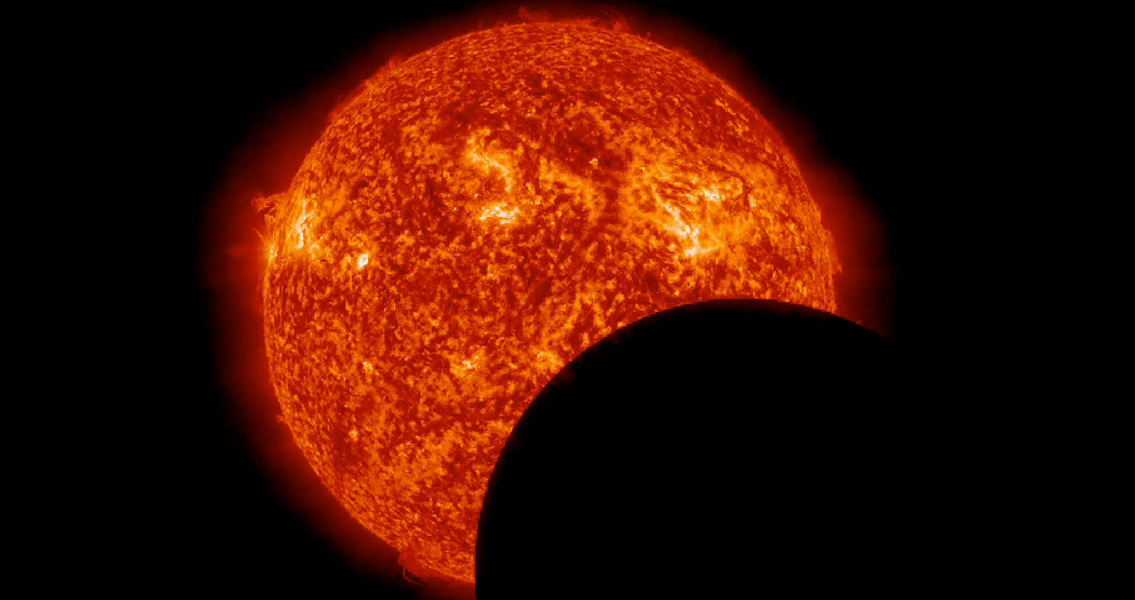<![CDATA[The first depiction of a solar eclipse, dating back more than 5,000 years, has been discovered in County Meath, Ireland. The images were carved into three stones at a Neolithic monument called Cairn L. The date of the carvings, Irish Central reports, is estimated to have been 30th November, 3340 BCE. This precise dating was done on the basis of 92 solar eclipses tracked by archaeoastronomer Paul Griffin. 30th November, 3340 BCE, was the only date among these that fits with the dating of the monument. What is perhaps even more interesting than the precise dating of the depictions is the fact that the sun illuminates an underground chamber at the monument on two significant dates: 1st November and 2nd February, Ancient Origins notes. These dates come precisely halfway between each of the two solstices and two equinoxes in a year. The stone carvings were made by the pre-Celtic population of the island but the two dates had a special place in the Celtic calendar. The first day of November, Samhain as the Celts called it, was considered the end of summer and the beginning of the winter. The second day of February, on the other hand, was called Imbolc. It comes between the winter solstice and the spring equinox and the Celts celebrated it as the day when the sun was reborn - the Festival of Lights. The name itself, Imbolc, means “lamb’s milk” because the date was also the start of the lambing season. Much later the Christian church appropriated the dates, turning Samhain into All Saints Day and Imbolc into St Brigit’s Day. St. Brigit herself was the Catholicised light goddess Brigantia. The Festival of Lights remained as a way to mark the date but in the Christian church it is considered a celebration of Jesus Christ’s presentation in the Jerusalem temple. Cairn L, part of a larger Neolithic complex in Loughcrew, was studied by two researchers, Martin Brenner and Jack Roberts, who found the depictions and discovered the fact that the sun shines through the chamber of the monument on Samhain and Imbolc. The purpose of the cairn, however, remains unclear, Irish Central writes. Its most fascinating element is a two-metre tall pillar-like stone that stands in the middle of the chamber, called the Whispering Stone. Researchers tend to believe that the cairn was actually constructed as a “house” for the Whispering Stone. Back in August 1980, the two researchers noted that the moon also illuminated parts of the chamber, first hitting a cup mark on the endstone, then travelling to the bottom of the Whispering Stone. Irish Central points out the accuracy with which the structure was made, possibly as an astronomical tool for, among other things, predicting solar eclipses. In fact, there is an opinion that the February Festival of Lights came into being as a ceremony in anticipation of the eclipse in 3340. The landscape in which Cairn L stands bears the marks of many more monuments. According to some researchers, there were originally between 40 and 50 such monuments, with others suggesting there may have been as many as a hundred in the Neolithic. Image courtesy of Wikimedia Commons user: NASA]]>
First Eclipse Depiction Discovered in Ireland
